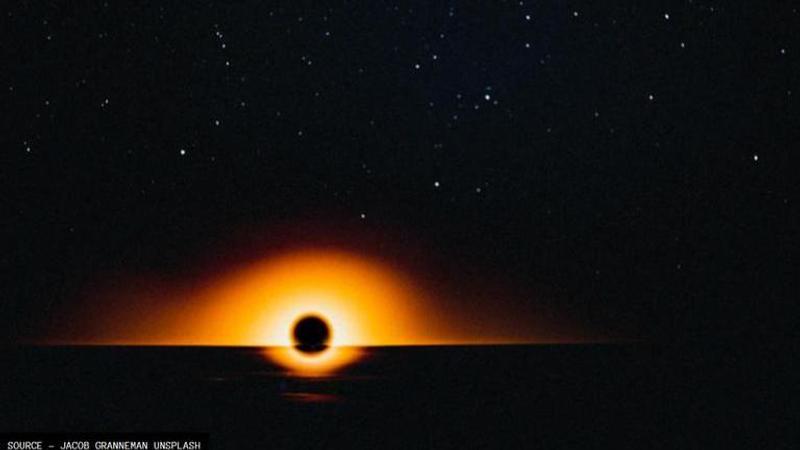Published 12:37 IST, August 19th 2020
Fastest star in the Milky Way galaxy detected moving at 8% the speed of light
The fastest star in the Milky Way galaxy has been spotted by scientists. The star is reportedly moving at 8% the speed of light. Read more.

Astronomers have sighted the fastest ever star in the Milky Way galaxy. The star, called S4714, has been spotted moving at 8 per cent of the speed of the light. The star has been discovered in an extreme environment at the centre of the Milky Way galaxy, orbiting the gigantic black hole called Sagittarius A*. The finding was first posted in The Astrophysical Journal on August 11, 2020, the study was done in order to understand the stars circling close to the black hole and ended up discovering the fastest star known to humankind.
Fastest star spotted
Scientists have reportedly known that for while that the centre of the Milky Way galaxy houses black hole which has been named as Sagittarius A*. The space research communities around the globe have theorized that there are stars orbiting close to the black hole which have been named as 'Squeezars'. Scientists believe that the stars move so close to the black hole that they accelerate at incredible force during their orbit around it. In their research, explorers have been studying a group of stars lose to the black hole, which have all been named starting with the letter 'S', indicating how close they are to the black hole.
Image courtesy - Benjamin Voros on Unsplash
Prior to this research, it was believed that a star called S2 was the fastest star, moving at 3% speed of the light. Back in 2019, researchers spotted another star around the same black hole moving at 6.7% the speed of light. Since then, scientists have continued their efforts to study the fast-moving stars. As of now, five stars named S4714, S4711, S4713 and S4715 have been spotted by researchers.
Also read: NASA Spots Strange 'dent' In Earth's Magnetic Field That Could Damage Low Orbit Satellites
S2 is one of the most researched stars orbiting around the black hole. It is a giant blue star which orbits the Sagittarius A*. every 16 years. Back in 2018, S2 had made the closest approach to the black hole, which allowed researchers to observe a relativity effect known as the gravitational redshift, which was previously observed only in the controlled environment of labs. It will be long before S2's gravitational redshift can be observed again.
Updated 12:37 IST, August 19th 2020




